What’s New in Qlik Cloud August 2022
Mats Severin breaks down what’s new in the Qlik Cloud August 2022 release.
Qlik Data Gateway
The new Qlik Data Gateway makes it possible for Qlik Cloud applications to securely get direct access to on-premises data behind a firewall over a strictly outbound, encrypted, and mutually authenticated connection. The new data gateway operates behind your organisation’s firewall, eliminating the need to open inbound firewall ports to access your data from the cloud for analytics.
To install the Data Gateway service, go to the new Data Gateways section in the Cloud Management Console and download the installation file by clicking on the Deploy button. Once everything is set up, you can import data through the gateway by using the option ‘Add data from files and other sources’ when creating a new app. The supported data sources can be identified by the text “via Direct Access gateway” in parenthesis after the source name. Currently supported data sources include Microsoft SQL Server, PostgreSQL, Amazon Redshift, Oracle and Snowflake among others. For more information, click here.
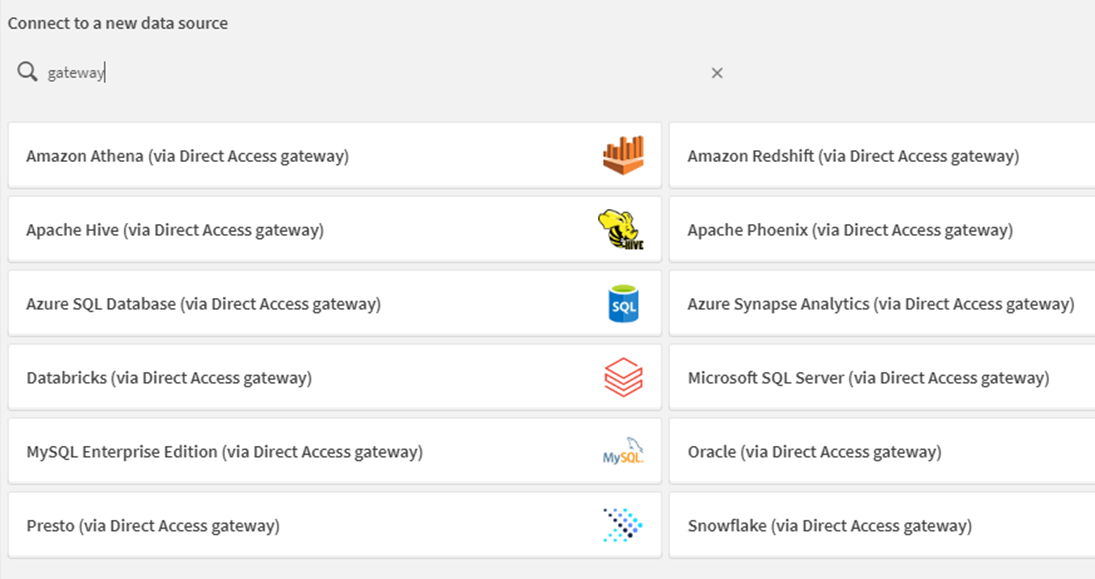
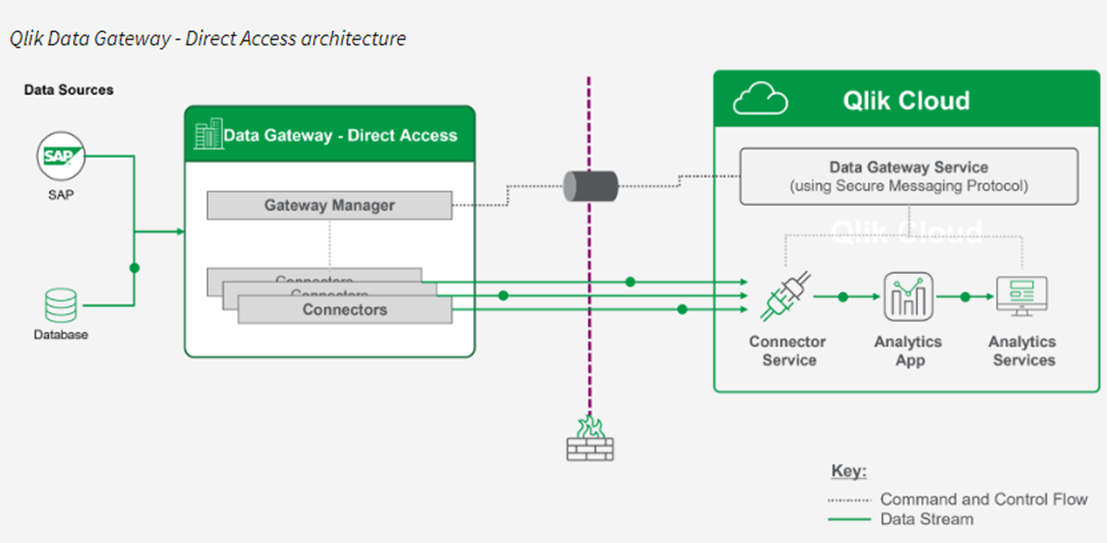
Machine learning with Qlik AutoML
Users can now create automated machine learning experiments with Qlik’s very own AutoML, using standard machine learning techniques in a simple, no-code interface. Load historical data and deploy the best-fitting models to make predictions on future data. In addition to making predictions, explore the key features that influence the predicted outcome and use what-if analysis to gain a thorough understanding of your data. Publish the predictive data into Qlik Sense apps to visualise and explore it.
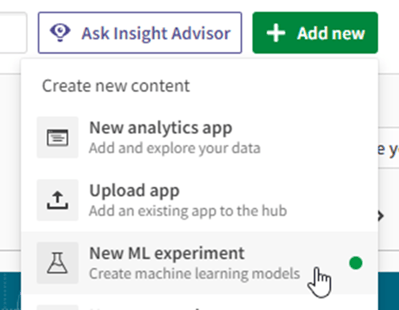
Direct Query provides SQL pushdown in Snowflake
Direct Query provides the ability for analytics applications to directly query cloud databases like Snowflake with SQL pushdown as users interact with data through visualisations and filtering. Direct Query allows developers to build SQL-centric applications for big data analysis or near real-time scenarios. Currently this can be enabled when building a Snowflake data connection.
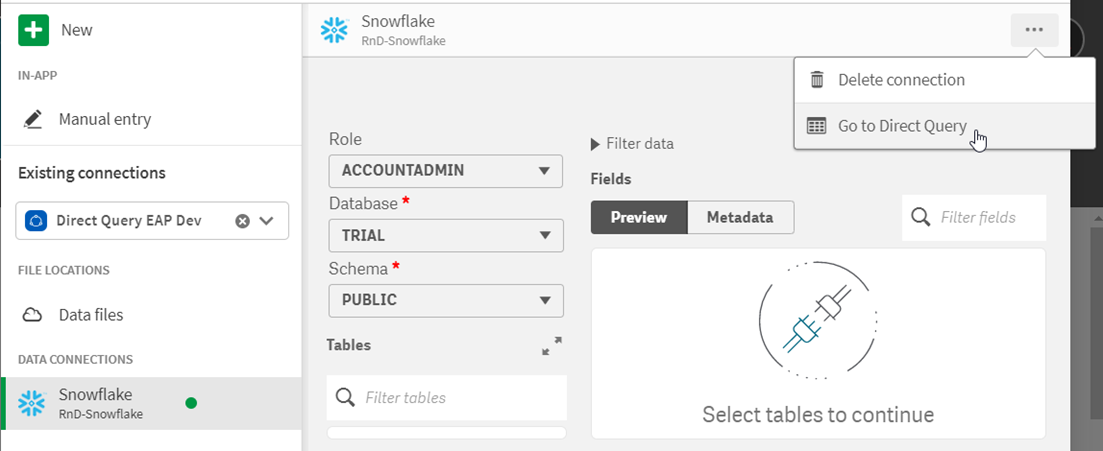
Simplified authoring experience in Qlik Cloud: Full availability
Last month’s new release – the simplified authoring experience – is now the default creation experience for Qlik Cloud. This means that the new interface is the default option in the sheet edit mode when creating an app. Simplified authoring accelerates creation for everyone, particularly new and less-experienced users. The previous sheet editor is still available by clicking on the toggle button “Advanced Options” in the top right corner.
New data connector for ServiceNow
Users can now access data stored in the IT service management platform ServiceNow. The new ServiceNow connector allows you to include ServiceNow data, such as incidents, requests, and case records within your analysis. The new connector includes security considerations such as OAuth or SSL to make sure that only authorised users can access the data.

New connectors and templates in Application Automation
Application Automation has added two new connectors, updated two existing connectors, and added a new template.
Connectors
- Swapcard (new) — Swapcard is an event management and community platform. Use cases will revolve around data resources such as event management alerts, notifications, managing event information like attendees, speakers, exhibitors, etc.
- Alation (new) — Alation is a Cloud Catalog that serves enterprises in organising and consolidating their data.
- DataRobot (updated) — Dedicated prediction API support has been added to the DataRobot connector. Users will now be able to get predictions data from deployed models. DataRobot is an enterprise AI platform that accelerates and democratises data science by automating the end-to-end journey from data to value.
- UiPath (updated) — Users can now add a Run Job block to the UiPath connector and set a Timeout period in the Start Job block. UiPath offers an end-to-end platform for automation; combining the Robotic Process Automation (RPA) solution with a full suite of capabilities and techs like AI, Process Mining, and Cloud to enable every organisation to rapidly scale digital business operations.
Templates
- A new Github load script management template verifies the load script of a Qlik Sense app from a new Github pull request.
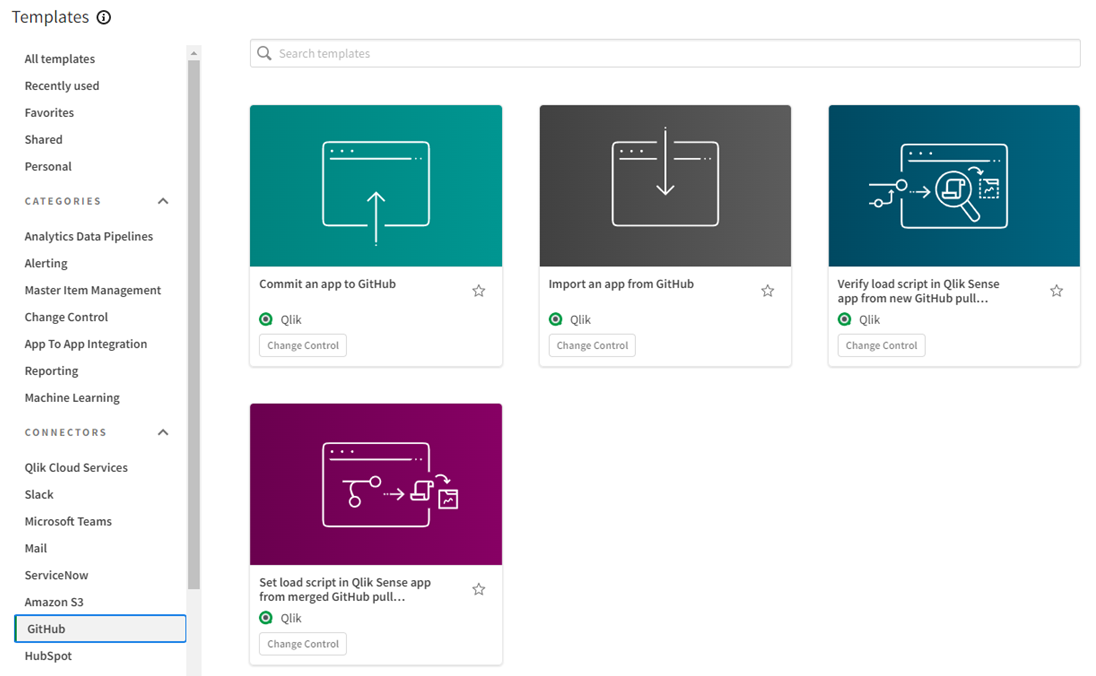
Other Updates to Application Automation
- Six new webhooks have been added to better monitor automations and automation runs in tenant spaces. Users are able to maintain control of target automations and trigger an automation when either an automation gets created, updated, or deleted or when an automation run starts, fails, or finishes.
- Users are now able to trace where data used in a block originates from with a simple pop-up that provides a connection visualisation.
- Support has been added for automation webhook events such as running an automation when another automation changes state. Filtering on events and automation IDs is also supported.

Updates to Insight Advisor and Insight Advisor Chat
- Example questions – App creators can now provide example questions within the business logic layer of an app. This will assist users how to use the natural language functionality. When users ask questions, the examples appear in a drop-down menu from which users can select, modify, and submit the question.
- Support for native visualisations through Natural language API and Insight Advisor Chat – Charts generated by Insight Advisor Chat and through the Natural Language API are now provided as native chart objects instead of images. For users, this means more interactivity using tooltips and scrolling. For developers, this means data contained in these chart objects can be used for additional applications such as custom chart libraries.
Updates to scripting topics
Scripting topics covering date and time functions, and scripting prefixes have been improved. Qlik Sense Help has added new examples to the documentation. Examples of improved script topics include CrossTable, Join and Generic among others. To test sample load scripts and chart expressions, explore it here.
Reflection of Qlik Cloud August 2022
August has passed and the release pace is up to speed again giving us a myriad of big and small news. In particular, there are three big releases this month we would like to highlight.
First of all, the longed-for Qlik Data Gateway has finally arrived and it will definitely start closing the gap between Qlik Cloud and the obstacles preventing you from accessing on-premises data sources. Many organisations enforce firewall policies that block external access to their data sources. This becomes a challenge when you need to access local data from the cloud for analytics. That challenge can now be overcome by eliminating the need to open inbound firewall ports and running Qlik Data Gateway behind any firewalls. Besides downloading and installing Qlik Data Gateway behind the firewalls, there are a few configuration steps to follow after that, so we recommend looking at the resources provided by Qlik on Qlik Help and their YouTube channel.
Another great piece of news, the acquisition of Big Squid last year is starting to bear fruit with the release of the new machine learning capabilities AutoML. The automated machine learning finds patterns in your data and then uses them to make predictions on future data. Machine learning experiments can be accessed from the Qlik Cloud hub and can be used to integrate your predictive analytics in Qlik Sense apps. Stay tuned for some more demos and webinars to come.
Lastly, Direct Query has been introduced as an option to manage big data challenges. Accessing the data through Direct Query allows you to keep the data in the underlying data source, without having to import or load the data in-memory. Direct Query will also give you near real-time data, whenever there is a need to frequently see the latest changes in your data without having to go through a lengthy ETL process. Currently, Direct Query is supported for the data source Snowflake.


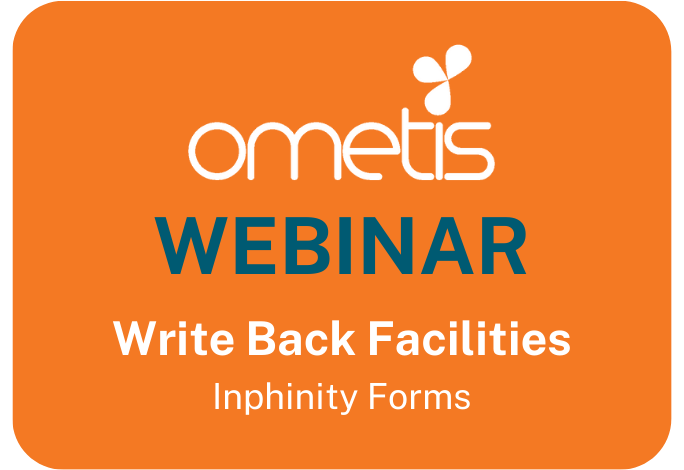


Comments